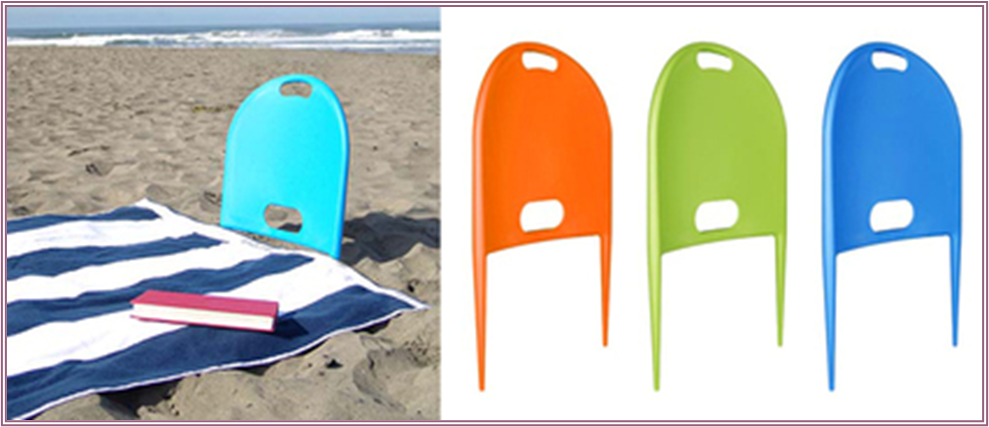Introduction:
In Design and Technology (D&T) education, guiding students through the ideation process can be challenging. Both teachers and students may face the dilemma of choosing the best approach to help students start their creative journey. While there may not be a definitive way to approach ideation, a simple, logical, and practical guide can significantly enhance the decision-making process and enable students to produce quality work from the start.
The Three-Step Ideation Guide
The three-step ideation guide incorporates Shape Borrowing, Concept Borrowing, and SCAMPER techniques. This structured approach ensures a comprehensive and innovative ideation process, allowing students to systematically generate, enhance, and refine their ideas.
Step 1: Shape Borrowing
Overview: Shape Borrowing is a visually oriented technique where students draw inspiration from existing shapes, forms, and designs. This method provides a tangible starting point, making the brainstorming process less intimidating.
Rationale:
- Encourages creativity by utilizing existing forms as a foundation.
- Generates visually appealing initial ideas quickly.
- Reduces intimidation by providing concrete shapes to work with.
Action Plan:
- Look at various sources of inspiration (nature, architecture, everyday objects).
- Sketch at least 5 different designs based on interesting shapes and forms.
Step 2: Concept Borrowing
Overview: Concept Borrowing involves studying various existing products to identify and adapt innovative, clever, or useful features and functionalities. These products can come from a wide range of categories with similar functionalities. The identified elements are then adapted and modified to inspire new ideas and solutions for the current design project.
Rationale:
- Leverages proven solutions, reducing the risk of functionality issues.
- Encourages innovative combinations of existing features.
- Helps generate high-quality initial ideas that can be further refined.
Action Plan:
- Identify existing products with relevant features or functionalities.
- Integrate these features into your initial designs. Modify as necessary to fit your design theme and target user needs.
Example: A student might use the concept of a multi-layered, colored-paper storage table designed for children and adapt it into a dining table with similar multi-functional features. This involves identifying the clever aspects of the original design and reimagining them in a new product context.
Step 3: SCAMPER
Overview: SCAMPER stands for Substitute, Combine, Adapt, Modify, Put to another use, Eliminate, and Reverse. This technique encourages thinking about the design from multiple angles, leading to comprehensive and well-rounded ideas.
Rationale:
- Provides a systematic approach to exploring various aspects of a design.
- Encourages deeper thinking and exploration of the ideas generated.
- Ensures that the designs are innovative and well-thought-out.
Action Plan:
- Use the SCAMPER technique on your enhanced designs:
- Substitute: What materials or components can be replaced?
- Combine: Can you combine elements from different designs?
- Adapt: How can you adapt existing features to better suit your needs?
- Modify: What can be modified to improve the design?
- Put to another use: Can any parts be used differently?
- Eliminate: What can be removed to simplify the design?
- Reverse: Can any processes be reversed or done differently?
Conclusion
Starting with Shape Borrowing helps students generate initial visual ideas. Concept Borrowing enhances these ideas by integrating useful features, and SCAMPER refines them systematically. This structured approach ensures a comprehensive and innovative ideation process.
By following this simple, logical, and practical guide, teachers can make the decision-making process more effective and enable students to begin quality work immediately. While there may not be a single best way to approach ideation, this guide provides a solid foundation for generating, enhancing, and refining ideas in D&T classes.
Additional Resources:
- Visit the blog for more examples and resources: Design Journal SOS.
Feel free to share thoughts and experiences in the comments below! How have you guided students through the ideation process? What techniques have worked best? Let's create a collaborative space to enhance D&T education.
Keep a look out for the "D&T Design Journaling for Students" GPT built to assist students in their Design & Technology (D&T) design and make Design Journal coursework from start to end.
 |
The Ultimate Design Journaling Guide GPT |
If you want to try it, email mrdanielsos@yahoo.com.sg to request for a 1-week trial.
#DesignAndTechnology #DandTEducation #IdeationTechniques #ShapeBorrowing #ConceptBorrowing #SCAMPER #CreativeThinking #InnovationInEducation #StudentProjectIdeas #DesignJournaling #PracticalGuideForTeachers #DTStudents #TeachingInnovation #StudentCreativity #DesignProcess #DesignThinking #ClassroomInnovation #EducationResources #TechniquesForTeachers #ProjectBasedLearning #CreativeEducation #StudentEngagement #DesignIdeation #HandsOnLearning #DesignInspiration #EffectiveTeaching #STEMEducation #DandTProjects #TeacherResources #LearningByDesign #DesignEducation












